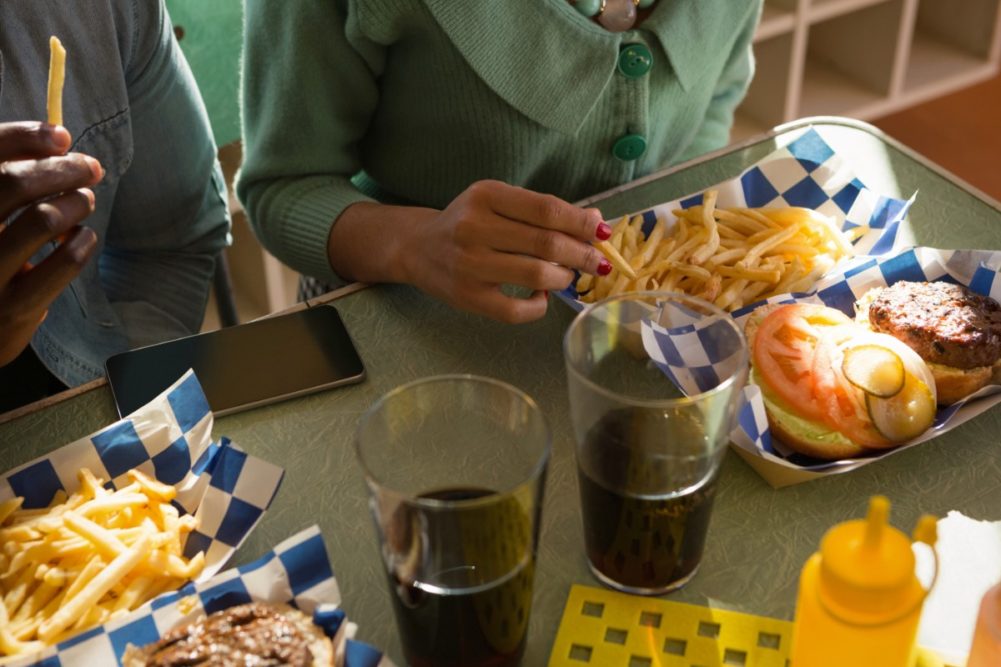UTRECHT, NETHERLANDS – The economic fallout of the war in Ukraine is evident in all business sectors, and the foodservice sector, both domestically and globally, has not been spared.
Rabobank’s foodservice update for the second quarter of 2022, “Foodservice in Troubled Times: Impact of the War in Ukraine,” detailed how the degree of challenges facing most companies in the sector depended on their recovery status since the COVID-19 pandemic began and their level of exposure to rising input costs.
Over the past two-plus months, executives of global brands with operations in Russia and Ukraine faced the difficult decision of shuttering franchises there or remaining open for business, which carried with it the potential threat to companies’ images and reputations. For many brands, franchise operators in the war-torn region exercised licensing agreements with the brand owners that allowed them to remain open for business.
“The majority of Western brand owners condemned the attacks on Ukraine, but not all were in the position to withdraw from Russia immediately,” said Maria Castroviejo, senior analyst of consumer foods at Rabobank.
Regardless of the decision, the global expansion of foodservice companies in the future will undoubtedly include assessment of geopolitical risks in countries where they plan to expand as part of international growth strategies, Castroviejo said.
As operating costs soared most foodservice operators in most countries have passed the costs along to consumers, who have felt the heat of inflation that was simmering well before the war began. In the face of a potential recession, the foodservice sector has been temporarily buoyed by marginal pent-up demand following widespread shutdowns related to the pandemic. Shrinking unemployment rates and consumers’ accumulated savings over the past two years have also helped sustain many restaurants.
However, Castroviejo said these dynamics can’t be expected to continue indefinitely and foodservice operators will have to decide what strategy will allow them to minimize losses.
“Going forward, the challenge for foodservice is deciding when to take on price increases and when to hold, absorbing prices in the form of reduced margins in the hope of maintaining revenue growth and gaining/retaining market share,” she said.
Quick-service-restaurants are expected to be the concept that is most likely to weather the storm successfully, much like they have in the past two years.
“Their business models are geared toward efficiency,” Castroviejo said, “and their lower prices help them benefit from consumers trading down. And chains, which dominate the segment, have come out of the pandemic with stronger operations and finances than their competitors.”
Besides the dilemma faced by foreign brands operating in Russia, other challenges for the global foodservice sector identified by Rabobank include:
- The availability of supplies, ingredients and restaurant equipment due to the global supply-chain crisis;
- Increasing food and energy prices, including fertilizer, wheat, gasoline and sunflower oil;
- Inflation that is outpacing consumers’ earnings is expected to see a shift away from discretionary spending as paying for utility bills, food and fuel take priority;
- Financial market volatility could stunt the future growth and investment in foodservice companies;
- The looming threat of a global recession. “As in other recessions, we would expect consumers to reduce the frequency of their visits to restaurants/bars, and look to trade down more aggressively,” according to Rabobank.


